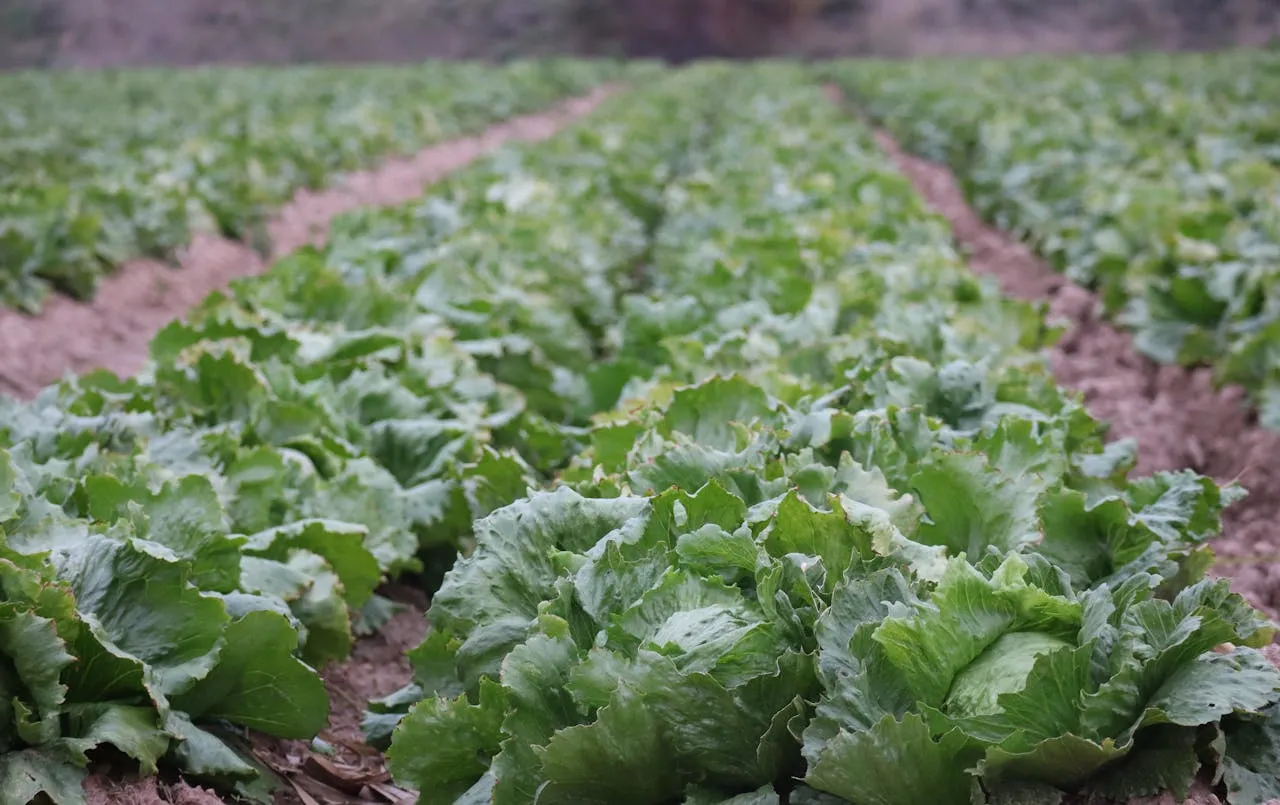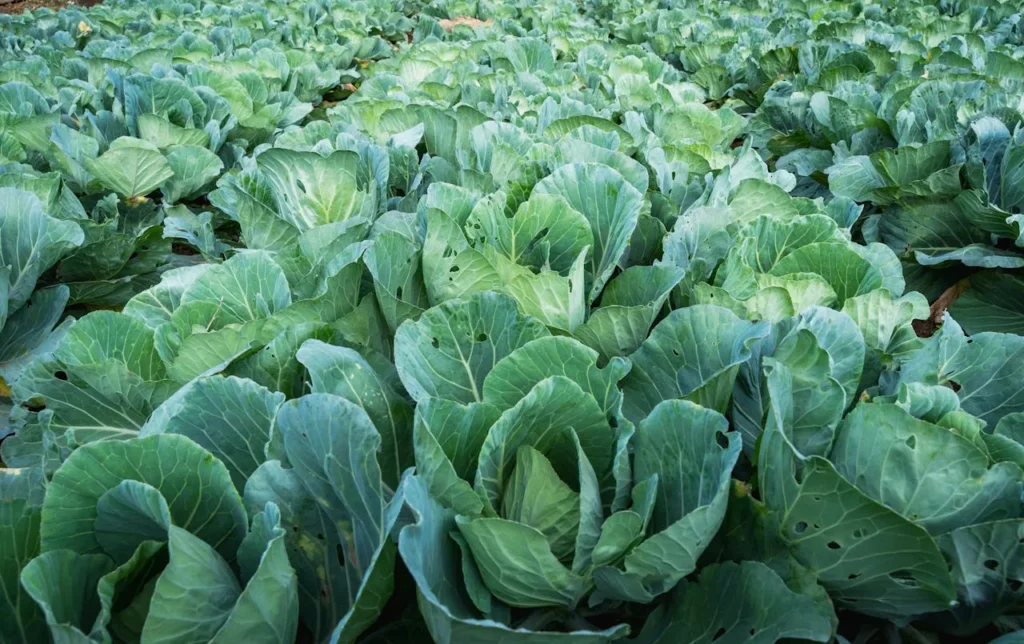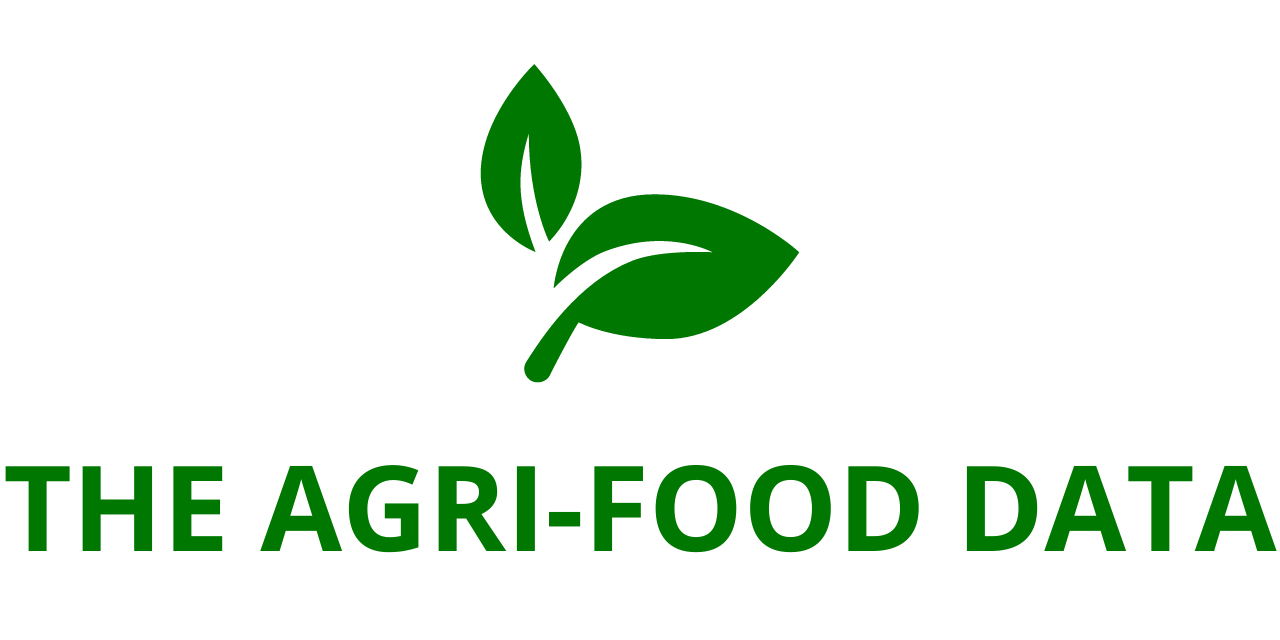
The global market for certified organic agricultural inputs is poised for substantial growth over the coming years. According to the latest research report titled “Certified Organic Agricultural Inputs Market Size, Share, Forecast, & Trends Analysis by Product Type, Formulation, Application Method, Crop Type, Geography – Global Forecast to 2032”, available from ResearchAndMarkets.com, the market is projected to reach $14.36 billion by 2032, growing at a compound annual growth rate (CAGR) of 15.2% during the forecast period from 2025 to 2032.
This comprehensive market study presents detailed insights into the certified organic inputs landscape, providing analysis across five major regions. The report covers evolving market trends, recent industry developments, segment-wise analysis, and region-wise forecasts. It also includes assessments of key market drivers, challenges, and emerging opportunities shaping the future of organic agriculture.
Key Drivers Fueling Market Growth
Several converging trends are accelerating the adoption of certified organic agricultural inputs globally:
- Rising Demand for Organic Food Products:
As consumer awareness about food safety and sustainability grows, so does the demand for organically produced foods. The global organic food market is expected to reach $324 billion by 2032, creating a ripple effect across the agricultural inputs sector. Producers are under increasing pressure to meet organic certification standards, fueling demand for organic fertilizers, biostimulants, and biocontrol products. - Environmental Degradation and Soil Health Concerns:
According to the FAO’s Status of the World’s Soil Resources report, approximately 33% of the world’s soils are moderately to severely degraded due to factors like erosion, nutrient depletion, and chemical contamination. This alarming situation is prompting a global shift toward regenerative and organic farming practices that prioritize soil health, biodiversity, and long-term productivity. - Government Incentives and Policy Support:
National and regional governments are implementing policy reforms and subsidy programs to encourage organic farming. In Europe, support for organic farming under the Common Agricultural Policy (CAP) increased by 56% since 2020. In the U.S., the USDA’s Organic Transition Initiative, expanded with an additional $300 million in 2023, is helping farmers transition to organic practices through technical assistance and financial support. - Shift Away from Chemical Inputs:
Rising awareness about the long-term health and ecological impacts of synthetic fertilizers and pesticides is pushing both producers and consumers toward cleaner alternatives. Organic inputs—such as microbial fertilizers, botanical pesticides, and seaweed-based biostimulants—are gaining acceptance for their safety, efficacy, and compatibility with sustainable agriculture goals. - Technological Advancements and Precision Agriculture:
Integration of certified organic inputs with precision agriculture technologies, such as GPS-guided equipment, drone-based spraying, and AI-powered nutrient management systems, is enhancing application efficiency and improving crop outcomes. Modern formulations—particularly liquid inputs—are increasingly being developed to support compatibility with these emerging technologies.
Regional Landscape: Europe Leads, Emerging Markets Gain Momentum
Geographically, Europe is expected to dominate the certified organic agricultural inputs market in 2025, accounting for the largest market share. The region’s strong performance is driven by:
- High consumer demand for organic products,
- Established regulatory frameworks supporting certification,
- Government subsidies for organic farming,
- Robust infrastructure for sustainable agriculture,
- Ambitious targets under the EU’s Farm to Fork Strategy, which aims for 25% of farmland to be managed organically by 2030.

Countries such as Germany, France, and the U.K. are leading adopters, with stringent input regulations and high market penetration of certified organic inputs.
At the same time, emerging economies across Asia-Pacific, Latin America, and Africa are witnessing rapid adoption, propelled by government reforms, increased organic exports, and growing environmental awareness among farmers.
Segment Insights
By Product Type
The certified organic inputs market is segmented into:
- Biocontrol
- Biostimulants
- Biofertilizers
- Co-formulants
Among these, the biocontrol segment is expected to hold the largest share in 2025. The segment’s growth is bolstered by:
- Regulatory restrictions on synthetic pesticides,
- Increased adoption of Integrated Pest Management (IPM) strategies,
- Advances in microbial-based biopesticides and natural predators,
- Rising demand for residue-free fruits and vegetables.
With continued investment in R&D and commercialization of novel biocontrol agents, this segment is anticipated to remain a dominant force in the organic inputs space.
By Formulation
The market is also categorized into:
- Liquid
- Dry
The liquid formulation segment is projected to register the fastest growth through 2032. This is largely due to:
- Its ease of application via drip irrigation and foliar sprays,
- Better absorption and faster plant response,
- Suitability for precision application methods, which minimize input waste and improve yield outcomes.
By Application Method
Application methods covered in the report include:
- Foliar application
- Soil application
- Seed treatment
- Fertigation
- Other methods
Foliar application is expected to command the largest market share in 2025. It is preferred for its:
- Rapid absorption through leaves,
- Efficient nutrient delivery,
- Reduced risk of nutrient leaching,
- Compatibility with a wide variety of organic formulations.
The growing use of foliar sprays for biofertilizers, organic stimulants, and botanical pesticides is reinforcing its dominance across multiple crop types.
By Crop Type
Based on crop type, the market is segmented into:
- Fruits & vegetables
- Cereals & grains
- Oilseeds & pulses
- Turf & ornamental
- Other crops
The fruits and vegetables segment is projected to grow at the highest CAGR during the forecast period. The segment benefits from:
- Strong consumer preference for organic produce,
- Higher market value of organic fruits and vegetables,
- Increased focus on plant-based diets and healthy eating,
- Greater sensitivity to chemical residues in fresh produce.
As demand for fresh, organic, and minimally processed foods continues to grow, input suppliers catering to this segment are expected to see robust growth.
Key Market Players
Several leading global companies are investing in the development and distribution of certified organic agricultural inputs. Prominent players include:
- Bayer AG (Germany)
- BASF SE (Germany)
- UPL Ltd. (India)
- Koppert Biological Systems (Netherlands)
- Certis USA LLC (U.S.)
- Groundwork BioAG Ltd. (Israel)
- Andermatt Group AG (Switzerland)
- Agrauxine by Lesaffre (France)
- IPL Biologicals Ltd. (India)
- Symborg (Spain)
- Agrinos Inc. (U.S.)
- Novonesis Group (Denmark)
- Syngenta AG (Switzerland)
- Valent BioSciences (U.S.)
- Pro Farm Group, Inc. (U.S.)
- Biobest Group NV (Belgium)
- Lallemand Plant Care (Canada)
These companies are actively involved in strategic partnerships, product innovation, certification programs, and expansion into emerging markets.






